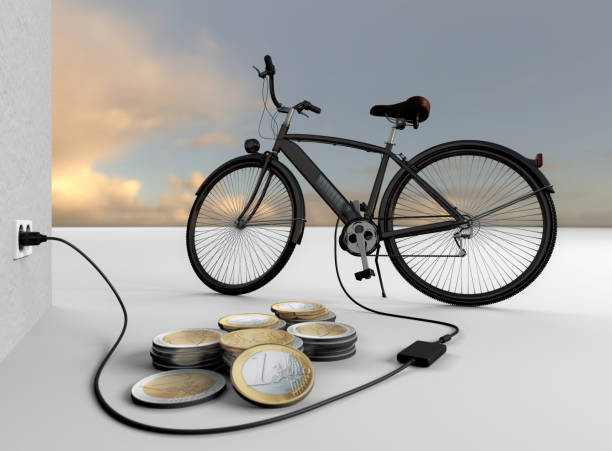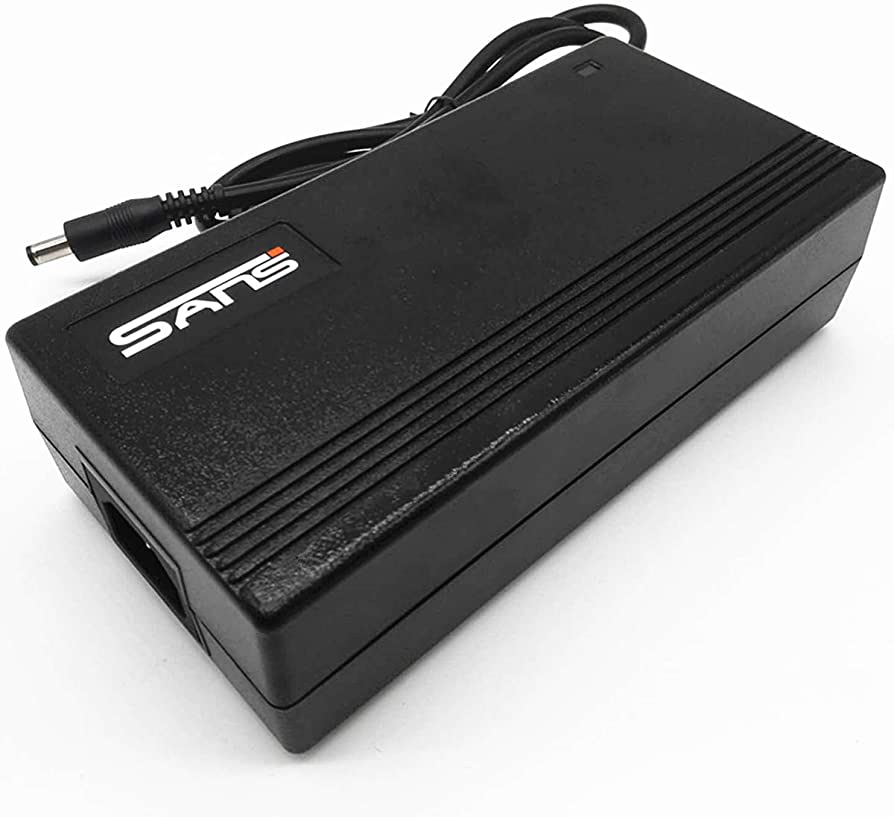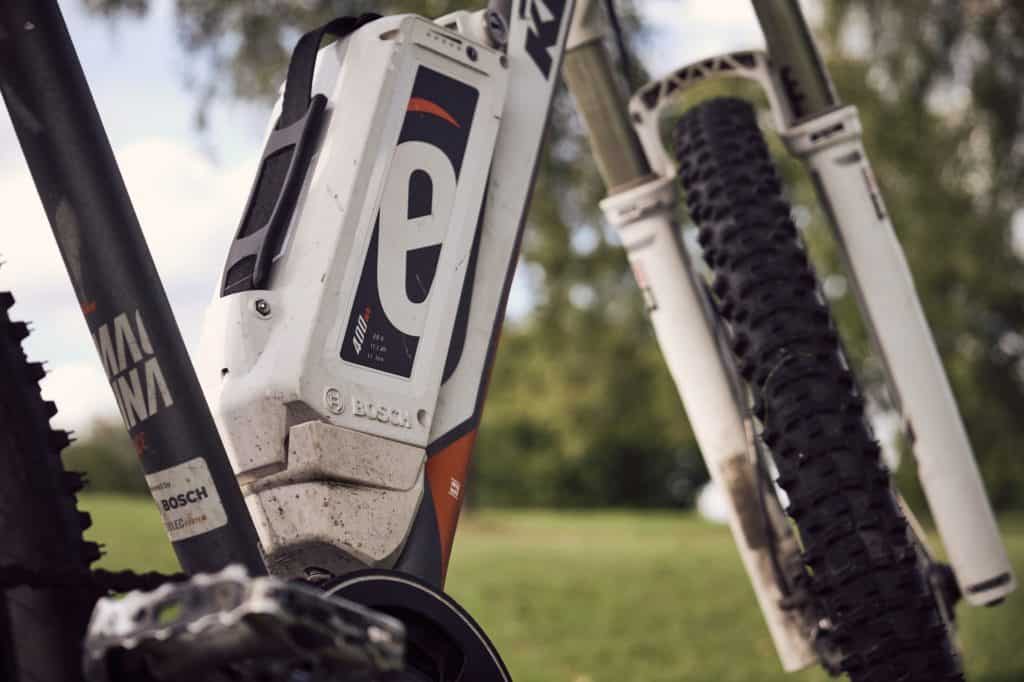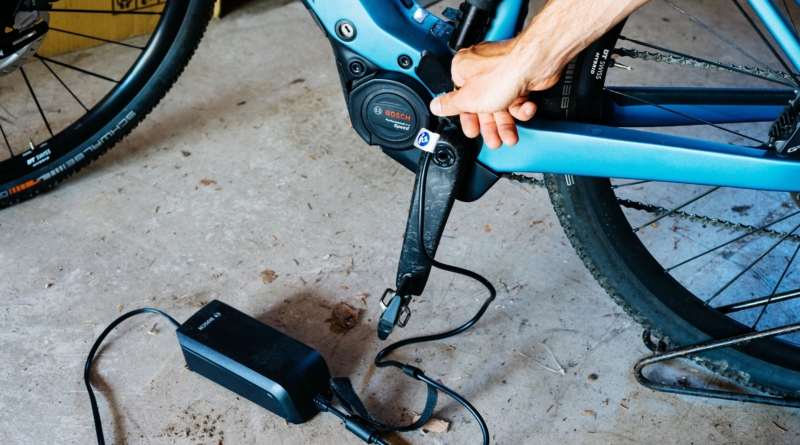Powering Up: Your Essential Guide to How to Charge Your E-Bike Battery for the First Time
Electric bikes – or e-bikes – are transforming how we move about in our day-to-day lives. Offering a perfect blend of traditional cycling with a modern twist, e-bikes provide us with the freedom to explore farther and faster. One of the essential components of your e-bike is the battery, the powerhouse of your electric ride. But how should you approach charging your e-bike battery for the first time? Here’s a step-by-step guide to get you up to speed.

Disclaimer: This guide is designed to provide general advice. Always follow the manufacturer’s instructions included with your e-bike and battery. Misuse could damage the battery or void your warranty.
1. Unpacking Your Battery

Start by carefully unpacking your e-bike battery. Remember to handle it with care to avoid any accidental drops or impacts. In most cases, there is a key for the e bike battery. And it’s used to fix the battery in case it falls out while riding. The battery key can also prevent your bike from theft. Check the battery for any visible signs of damage or defects. If anything appears out of the ordinary, contact the manufacturer or your retailer immediately. But In most cases, there is a key for the e bike battery.
Note: usually the key works just like other normal keys and all you need to do is to put it into the lock, but for some ebikes, they just have switches that you can turn on and offf.
2. Getting Familiar with the Charger

Your e-bike should come with a specific charger designed for your battery type. This isn’t a one-size-fits-all scenario – different batteries require different chargers. Using an incorrect charger can damage the battery and potentially pose a safety risk.
The charger consists of two components: the AC adapter and a power cord. In the U.S., the cord is compatible with 110-volt outlets, while in other countries, it’s suited for 220-volt outlets.
This charger often features one or two indicator lights. When plugged into an electrical outlet, a green light will illuminate, signaling that it’s receiving power and is prepared to charge the battery. Note that with certain models, this green light only appears once the battery is fully charged.
3. Preparing for Charging
Find a clean, dry, and well-ventilated area to charge your battery. Never charge your battery in extremely hot or cold environments or near flammable materials. Charging on a non-flammable surface, such as a cement floor, is a good practice.
4. Plug It In
Plug the charger into the wall outlet first, then connect the charger to your battery. This sequence minimizes the chances of any electrical spark that could occur, which can be a potential hazard if there’s a problem with the battery or charger.
5. The First Charge
For the first charge, it’s generally recommended to charge the battery fully. This process could take 6 to 12 hours, depending on the battery size and charger. Some manufacturers suggest that a longer initial charge conditions the battery and helps improve its overall lifespan.
When charging your electric bike for the first time, it’s typically best to let the battery juice up for at least 12 hours. This ensures that the battery management system, which controls the equal charge rate of the battery’s cells, can function properly. It’s especially beneficial to let the battery sit on the charger for a bit longer even after it’s fully charged.
Additionally, a fresh ebike battery could potentially have some cells that aren’t fully charged or slightly imbalanced. Therefore, keeping the battery on the charger for 12 hours or more is a smart move.
In general, the typical charge time for an ebike battery ranges from 3 to 8 hours, depending on the battery’s capacity. For instance, a 36-volt battery will charge faster than a 52-volt one. Also, the charger’s capacity can influence the battery’s charging duration.
6. Monitoring the Charge
Keep an eye on the charging process. Your charger will typically have an indicator light that shows when the battery is charging (often red) and when it’s fully charged (often green). Don’t leave the battery charging unattended for extended periods, and never leave it to charge overnight. You can also use a timer on your mobile phone to remind you of the time.
7. Unplugging the Battery
Once your battery is fully charged, disconnect it from the charger. Then, unplug the charger from the wall outlet. Do not leave a fully charged battery connected to the charger for too long, as this can lead to overcharging and reduce the battery’s lifespan. Don’t leave it overnight as this may cause further damage to your charger and your battery. Although most batteries nowadays have the protection ability from further charging once it’s fully charged, you don’t want to take the risk. So use the timer and take the battery off the charger once it’s done.
8. Regular Charging Habits
After the first charge, you don’t necessarily have to wait for the battery to be completely empty before charging it again. In fact, frequent top-ups can be better for the battery’s longevity than letting it run down to zero before each charge.
Remember, your e-bike battery is the heart of your electric ride. Proper charging and care will ensure it has a long and healthy life, powering many joyful rides. As always, if you have any concerns or uncertainties, consult your e-bike manufacturer or a trusted professional. Here’s to a future full of great e-bike adventures!
Freqeuntly Asked Questions about Charging E-bike Battery

Should I charge my ebike battery after every ride?
Charging your e-bike battery after every ride is not necessary, but it depends on how much charge remains in the battery after your ride and your personal preferences. Here are some tips to help you decide when to charge your e-bike battery:
Battery level: If your battery still has a substantial charge left after your ride (around 50% or more), you may not need to charge it after every ride. However, if you’ve used up most of the battery capacity, it’s a good idea to recharge it to ensure you have enough power for your next ride.
Riding habits: If you take short, infrequent rides and don’t rely heavily on the electric assist, you may not need to charge the battery after every ride. However, if you use your e-bike daily and depend on the electric assist for longer rides or steep inclines, it’s a good idea to keep your battery topped up.
Battery longevity: Lithium-ion batteries, which are commonly used in e-bikes, don’t suffer from the “memory effect” that older battery technologies do. This means that frequent partial charging doesn’t harm the battery’s lifespan. In fact, some experts suggest that maintaining a charge level between 20% and 80% can help prolong the battery’s life.
Planning for your next ride: If you know that you’ll be taking a longer ride soon, it’s a good idea to charge your battery to ensure it has enough power for the entire trip. On the other hand, if you know you won’t be using your e-bike for a while, it’s better to store the battery with a partial charge (around 40% to 60%) to reduce stress on the battery and extend its life.
Ultimately, the decision to charge your e-bike battery after every ride depends on your riding habits, the battery’s remaining charge, and your personal preferences. As long as you’re mindful of your battery’s health and follow the manufacturer’s recommendations, you’ll be able to make the most of your e-bike experience.
What is the best way to charge an ebike battery?
Charging an e-bike battery is a straightforward process, but there are a few best practices that can help you maximize the battery’s lifespan and performance. Here are some tips for charging your e-bike battery:
Use the Correct Charger: Always use the charger that came with your e-bike or a charger that the manufacturer has approved. Different batteries require different charging profiles, and using an incorrect charger can damage the battery and potentially pose a safety risk.
Charge in a Safe Location: Charge your battery in a clean, dry, and well-ventilated area. Avoid charging it in extreme temperatures as this can harm the battery’s lifespan and performance. Also, it’s generally a good practice to charge on a non-flammable surface.
Monitor the Charging Process: Don’t leave the battery charging unattended for extended periods, especially not overnight. Most chargers have an indicator light that shows when the battery is fully charged. Unplug the battery once it’s fully charged to prevent overcharging.
Store Properly: If you won’t be using your e-bike for a while, don’t store the battery fully charged. A charge level around 40%-60% is ideal for storage. Store the battery in a cool, dry place.
Regular Charging: If you use your e-bike regularly, it’s good to keep the battery topped up. This is especially important if you’re going to be going on a long ride and need the full capacity of the battery.
Follow Manufacturer’s Instructions: Always adhere to the manufacturer’s guidelines for charging and maintaining your e-bike battery. They often provide specific instructions based on the design and chemistry of the battery.
How do I keep my ebike battery healthy?
Maintaining the health of your e-bike battery is essential to ensure its longevity and optimal performance. Here are some tips to help you keep your e-bike battery in excellent condition:
Avoid Extreme Temperatures: Both extreme cold and heat can degrade your battery over time. Try to store and charge your battery in a place with a moderate temperature.
Keep It Clean: Make sure the battery and its contacts are clean. Dirt and grime can interfere with the charging process and overall function of the battery.
Protect Your Battery: When riding, be careful to protect the battery from impact and excessive vibration. Also, avoid riding in conditions where the battery could become immersed in water.
We have another blog article to explain in details of how to main your ebike battery.
Should the eBike battery be on or off when charging?
Each battery cell has a positive side (cathode) and a negative side (anode).
As a best practice, it’s advised to turn off your eBike battery while charging. This speeds up the charging process. During charging, lithium ions move from the cathode to the anode within the cell. In contrast, when discharging, the lithium ions transfer from the anode to the cathode. So, if the battery is left on during charging, these two chemical reactions occur simultaneously, extending the charging time.
How your charger impacts the charging time?
The duration it takes to fully charge your battery hinges on both the battery’s capacity and the charger’s capacity. To figure out how long a full charge will take, you can use a simple formula: battery charge divided by the charger’s capacity equals the number of hours needed.
Let’s say, for instance, you have a 48V/10A battery and you’re using a 2A charger. This setup would require 5 hours for a full charge (10/2 = 5 hours). If you’re looking to speed up the charging process, consider investing in a charger with higher amperage, such as 3 or 5 amps.
What’s the ideal weather for charging your eBike battery?
It’s best to avoid extreme temperatures – neither too cold nor too hot. Charging your battery at a normal room temperature is most advisable.
Typically, the optimal temperature for charging is around 68 degrees Fahrenheit (20 degrees Celsius). For specific guidelines on temperature ranges, you can refer to the manufacturer’s manual for your battery.
Why does temperature matter? Inside the battery, chemical reactions are taking place that generate heat. Charging in an excessively hot environment could cause damage to the battery. Conversely, in extremely cold conditions, these chemical reactions may be hindered, disrupting the charging process.
